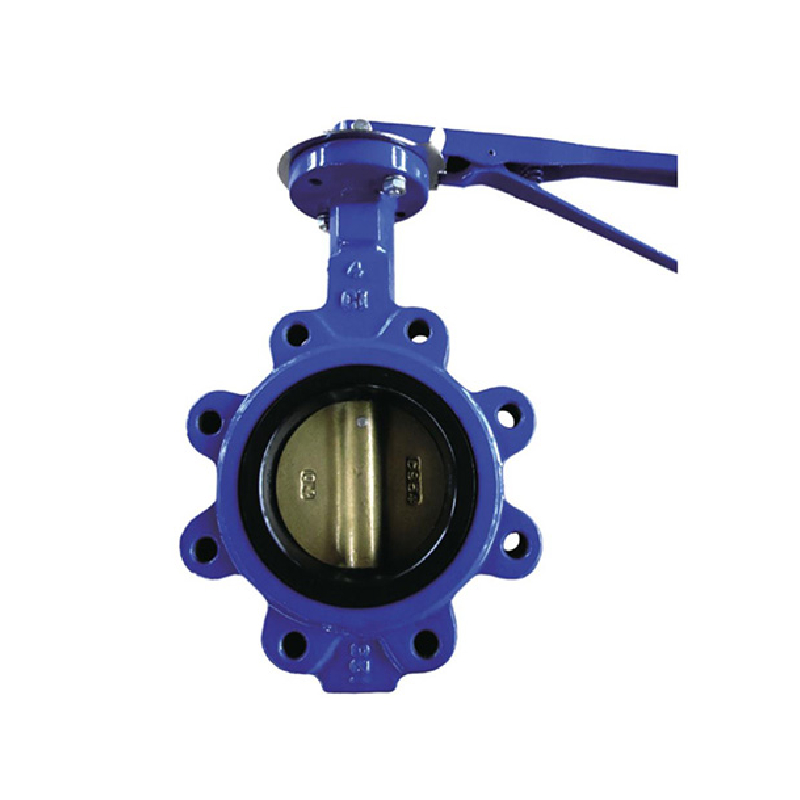Nov . 19, 2024 13:02 Back to list
Advanced Electronic Ball Valve Solutions for Efficient Fluid Control and Automation Systems
The Advantages of Electronic Ball Valves in Modern Automation
In the realm of industrial automation, precision and reliability are paramount. Among the myriad of tools and components utilized in various systems, electronic ball valves stand out for their efficiency, versatility, and ease of use. These cutting-edge devices have transformed fluid control and management across multiple industries, including manufacturing, water treatment, and HVAC systems.
An electronic ball valve operates using an electric motor that controls the position of the valve's internal ball. The ball has a hole drilled through its center, which can align with the pipe when the valve is open or block the flow when closed. Unlike traditional manual valves that require human intervention to operate, electronic ball valves can be integrated into automated systems, allowing for remote monitoring and management.
One of the most significant advantages of electronic ball valves is their ability to provide precise control over fluid flow. In applications where product quality is critical, maintaining specific flow rates and pressures is essential. Electronic ball valves can be calibrated to open and close at exact intervals, ensuring that the desired conditions are consistently met. This level of accuracy minimizes the risk of overflows, leaks, or other issues that can arise from imprecise manual operation.
Moreover, the integration of electronic controls allows for real-time data reporting and diagnostics. Many modern electronic ball valves come equipped with sensors that monitor flow rates, pressure, and other parameters. This data can be transmitted to a central control system, enabling operators to make informed decisions quickly. With the ability to analyze trends and identify potential issues before they escalate, facilities can enhance operational efficiency and reduce downtime.
electronic ball valve

Another benefit of electronic ball valves is their energy efficiency. Traditional pneumatic or hydraulic valves often require a significant amount of energy to operate. In contrast, electronic ball valves consume less power and can often be powered by low-voltage electricity, making them a more sustainable option. Additionally, their quick opening and closing capabilities reduce the amount of fluid wasted during operation, further enhancing their eco-friendliness.
In terms of maintenance, electronic ball valves are typically easier to service than their manual counterparts. With fewer moving parts and a robust design, these valves are less prone to wear and tear. Most models can be monitored for performance indicators, allowing operators to conduct preventive maintenance before malfunctions occur. This proactive approach not only extends the lifespan of the valves but also contributes to overall system reliability.
Lastly, the versatility of electronic ball valves makes them suitable for a wide range of applications. From controlling water flow in irrigation systems to regulating chemicals in industrial processes, these valves can be adapted to meet various needs. They are available in different sizes, materials, and configurations, allowing engineers to select the ideal valve for their specific application.
In conclusion, electronic ball valves are an invaluable asset in modern industrial automation. With their precision, reliability, energy efficiency, and ease of maintenance, they enhance fluid control processes across various sectors. As industries continue to evolve and seek smarter solutions, the adoption of electronic ball valves will undoubtedly play a pivotal role in shaping the future of fluid management.
Share
-
Reliable Wafer Type Butterfly Valves for Every IndustryNewsJul.25,2025
-
Reliable Flow Control Begins with the Right Ball Check ValveNewsJul.25,2025
-
Precision Flow Control Starts with Quality ValvesNewsJul.25,2025
-
Industrial Flow Control ReliabilityNewsJul.25,2025
-
Engineered for Efficiency Gate Valves That Power Industrial PerformanceNewsJul.25,2025
-
Empowering Infrastructure Through Quality ManufacturingNewsJul.25,2025


